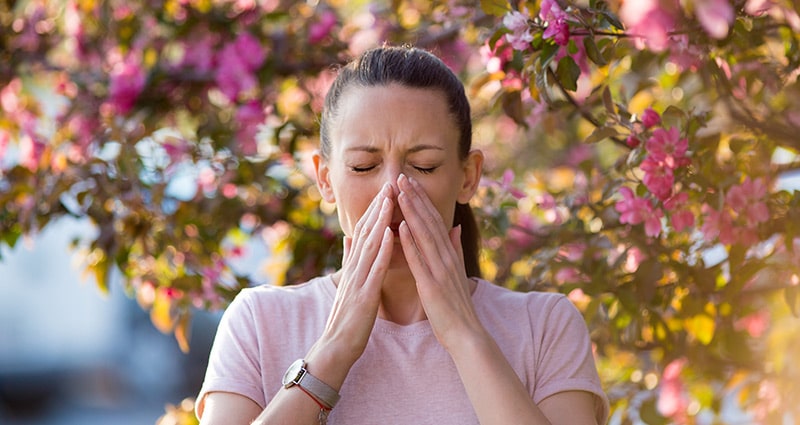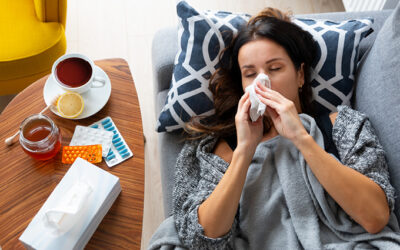The sun’s out, the flowers are blooming … and your nose won’t stop running. Sound familiar?
Spring in the South is gorgeous, but for adults with seasonal allergies, it can also be a sneeze-filled struggle. If you’re spending more time wiping your eyes than enjoying the weather, it’s time to take control of your symptoms.
Know What’s Making You Sneeze
Spring allergies are usually triggered by pollen from trees, grass and flowers, and the South gets more than its fair share. Mold spores and dust mites can also be culprits, especially in damp or windy weather.
Common symptoms include:
- Sneezing and congestion
- Runny or itchy nose
- Watery, itchy, or red eyes
- Sinus pressure or headaches
Minimize Your Exposure
Reducing your contact with allergens is key to feeling better:
- Track pollen counts: On high-pollen days, limit outdoor activities, especially in the early morning when counts peak
- Keep windows closed: Fresh air is tempting, but letting pollen in isn’t worth it
- Change clothes and shower: After spending time outside, rinse off any pollen that might be clinging to you – including in your hair
- Clean regularly: Dust and vacuum frequently to keep indoor allergens at bay
Over-the-Counter Relief
If lifestyle tweaks aren’t enough, medications can help. Antihistamines, decongestants, nasal sprays and eye drops can all ease allergy symptoms.
For those who deal with severe, persistent allergies, a doctor might recommend allergy shots (immunotherapy) for longer-term relief.
Could It Be Something Else?
Allergies, colds and even COVID-19 share some overlapping symptoms. So, if your usual allergy meds aren’t helping or you’re feeling more run-down than usual, it’s worth checking with a healthcare provider.




